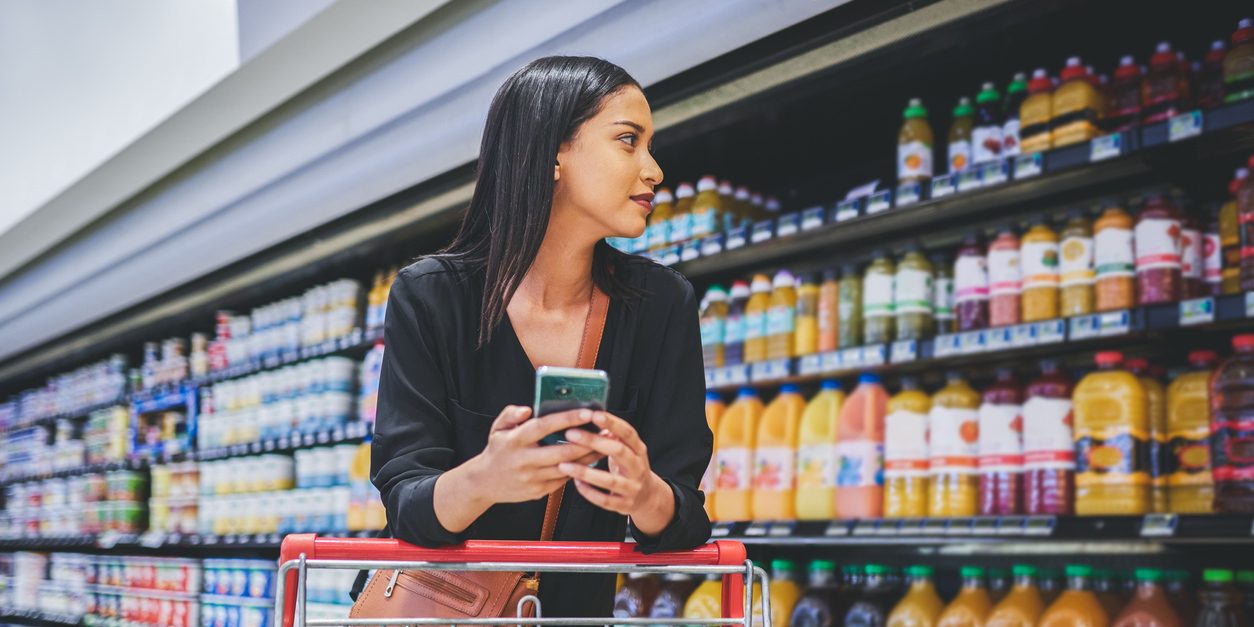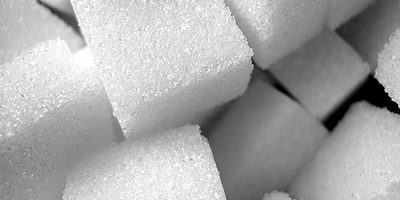
Hidden sugars making Aussies’ sweet habit hard to crack
Up to two-thirds of ‘hidden’ or added sugars in the Australian diet come from packaged foods, with Australians buying up to 11 teaspoons per person each day in their supermarket shop, according to new research.
George Institute researchers found half of all foods and beverages purchased contained added sugar which mostly came from a small number of food categories and manufacturers, but it can often be hard to find on the label.
Lead author and Dietitian Daisy Coyle said that while people might think they’re doing a good job of cutting back, sugar could be sneaking into their diet in hidden forms.
“While some of these sugar-laden categories are more obvious, like chocolate, soft drinks, biscuits and cakes, there are some you wouldn’t expect, like yogurts and sauces,” said Ms Coyle.
“Naturally occurring sugars in dairy and unprocessed fruits and vegetables are part of a healthy diet but added sugars - introduced as an ingredient during processing and manufacturing – are empty calories contributing to obesity and type 2 diabetes, as well as tooth decay.”
By analysing what was in the shopping bags of over 7,000 households, researchers found that more than 80 percent of added sugars came from just ten product categories. They also found that just ten companies were responsible for almost two thirds of added sugars sold.
With half of Australians having one or more chronic diseases like heart disease, stroke, or diabetes and two thirds of adults and a quarter of children overweight or obese Australian Dietary Guidelines recommend people limit their intake of added sugars.
But the research found that more than half of Australians are eating more than they should, without even accounting for the sugar in food and drinks purchased outside of the home from cafes and restaurants as well as take-aways and food delivery.
The George Institute’s Program Head of Nutrition Science, Dr Jason Wu said the research highlighted opportunities to do better.
“Given that Australians are getting most of their added sugars from specific product categories made by a handful of big manufacturers, encouraging these companies to cut sugar in their biggest selling products would help us all eat less, but would benefit those from the most disadvantaged households who experience the greatest health inequalities, even more,” he said.
“Unfortunately, current government policy does not go far enough to support healthier diets - their sugar targets for the food industry are weak, and consumers still don’t have the information they need on the label to help them avoid added sugars when shopping.”
Later this year, Food Ministers are expected to consult publicly on proposed changes to food labels to improve information on added sugars. Options on the table include quantifying the amount of added sugars in the nutrient information panel. There are also opportunities to improve how added sugars are presented in the ingredients list, and even place pictorial warnings such as teaspoons of sugar on the front of packaging for product categories like sugary drinks.
“Consumers deserve to know what’s in the food they are eating, and we strongly support having the amount of added sugar in a product clearly spelt out. This could also prompt the food industry to reduce the amount of sugar they’re pouring into processed foods,” Dr Wu added.
The George Institute’s FoodSwitch database of over 80,000 packaged foods on Australian supermarket shelves shows the potential power of providing consumers this extra information.
The updated FoodSwitch app now allows shoppers to scan the barcode of any product with their smartphone camera and see an estimate of added sugars, as well as healthier alternatives to switch to.
For example based on data in the app, switching from one large tub of Gippsland Dairy Yoghurt Apple & Rhubarb Twist a week to a large tub of Chobani Plain Greek Yoghurt instead, would remove 22 teaspoons a week or 1,144 teaspoons of sugar a year from your diet.
“We don’t want shoppers to have to wait years for this information, we want people to be able to make informed choices now. Small changes can really add up,” added Dr Wu.
Download the FoodSwitch app
You can find more about FoodSwitch HERE











